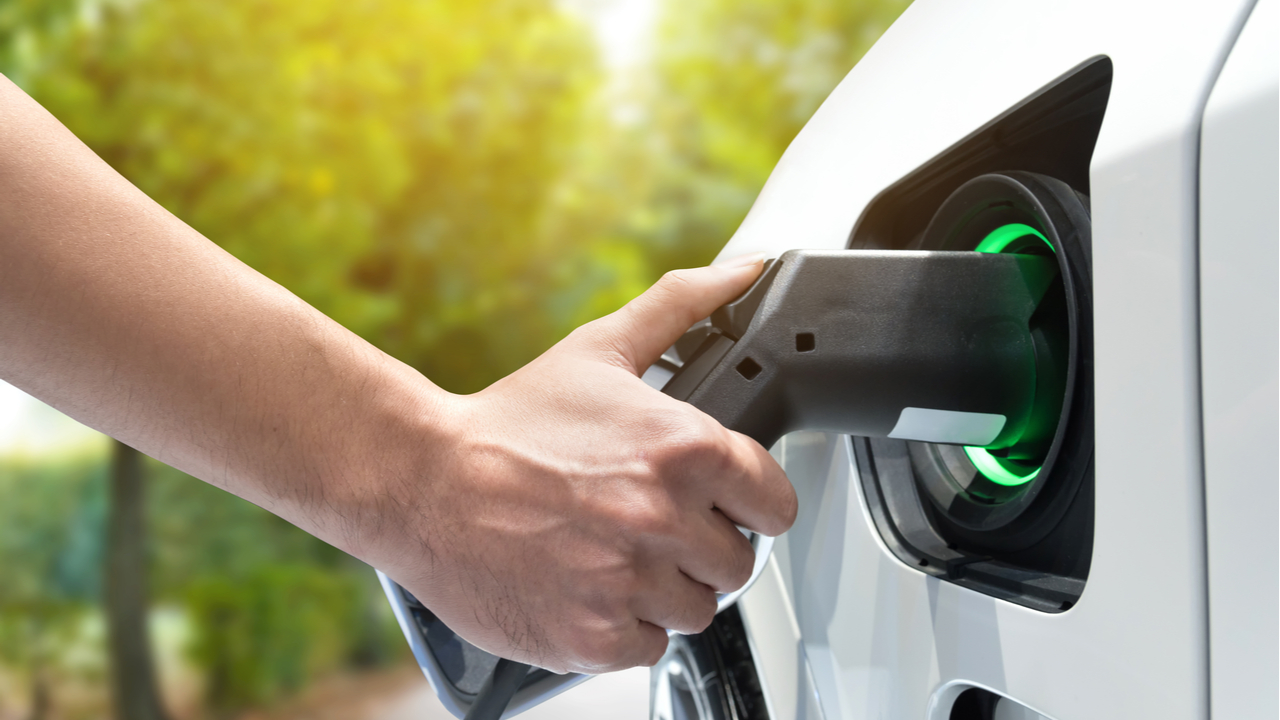Electric vehicles are rapidly changing the landscape of transportation. They provide a more sustainable alternative to gas-powered cars. Yet, for many who are thinking of the switch, a question remains: how exactly are charging stations for electric vehicles working? No worries, future drivers of electric vehicles! This article will unravel the secrets of these fundamental elements of the infrastructure for electric vehicles, making it easier for you to navigate the world of electric mobility.

The Core Concept is Delivering Power, Replenishing Energy
The EV charging stations operate with a straightforward, yet deceiving principle: They act as an intermediary between the electricity grid and the battery of your car. Think of them as electric motors that pump electrons around that replenish the energy reserves which propel your electric vehicle forward. You can park your car in a charging area by connecting the cable to the appropriate plug is all that’s required.
Plugging In Connecting In: Compatibility and Charging Speeds
The general concept of EV charging stations remains the same, however, there are differences in kinds of plugs used and the charging speed. The different plug configurations at charging stations for electric vehicles are similar to those available for gasoline stations. They differ based on the model of the vehicle, as well as the charging standard. Knowing the different configurations is crucial to a seamless charging experience.
Tesla Superchargers A Network of Speed
To Tesla owners, a dedicated network of strategically placed Tesla Superchargers offers a major benefit. These fast-charging station are specifically designed for Tesla cars and boast impressive charging rates, allowing customers to charge their batteries within a shorter period of time than conventional charging stations. This means fewer charging stops and fewer waiting. The long distance Tesla journeys are much more comfortable.
Exploring Alternative Charging Options
The EV charging landscape extends beyond Tesla Superchargers. Numerous charging stations in public which are operated by various companies, can be used with several EV models. These stations usually offer a variety of charging speeds, starting with Level 2 chargers that give faster charges than the standard home outlet, to DC Fast Chargers that offer the quickest charging times, rivaling the speed of the gas station refill.
Range anxiety Planning your Charge!
One of the most pressing issues for prospective EV owners is “range anxiety” – – the fear of not having enough power before reaching the nearest charging station. But, with the growing network of charging stations and the expanding capacity of more recent EVs the fear of running out of power is lessening. Many EV models are now capable of traveling hundreds of miles on one charge. Apps to help plan routes will also show charging stations along the route.
The technology behind the charge: A Glimpse Inside
The beauty of EV chargers is in their clever use of technology. At its core, the station functions as a transformer that converts the alternating current (AC) power from the grid to direct current (DC) electricity which is the kind of power your battery needs. Additionally, the station houses safety protocols and security features to ensure a safe and efficient charging process.
Charging Forward The Convenience and Accessibility
The charging of EVs is becoming more efficient and easy to get access. A majority of charging stations in public have user-friendly interfaces and allow you to pay with a credit card, or through an app. Some housing complexes and workplaces have installed charging stations that permit drivers to charge while at their workplace or at home.
The Green Grid Connection The Green Grid Connection: Promoting Sustainability
The increasing popularity of EV charging stations carries huge environmental benefits. These charging stations help to create a cleaner environment and more sustainable transport systems by promoting electric vehicles with no tailpipe emissions. Additionally when the grid shifts towards renewable energy sources like solar and wind power, charging for electric vehicles will become more sustainable, further reducing our reliance of fossil fuels. Contact for How EV Charging Stations Works
Decoding EV Charging Stations can help potential EV Owners to make informed choices. With their simple operations, growing accessibility, and role in helping to promote sustainability They are the cornerstone of an energy future powered by sustainable and eco-friendly electric mobility. So, the next time you come across an electric vehicle charging station, take note that it’s not just a plug that’s just a doorway to a cleaner and more sustainable, and sustainable transportation system.